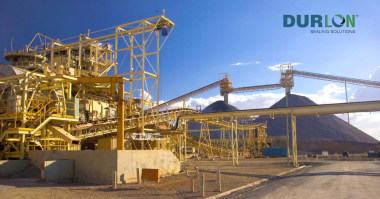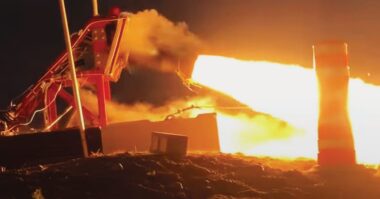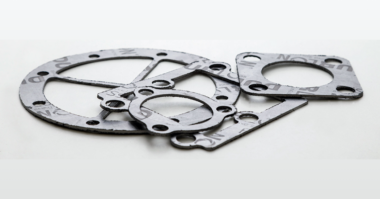End-User Description
Organic solvents industry, more specifically ethanol. The process is vapor, superheated and pressurized ethanol/water mixture.
The Challenge
We’re using Durlon® 9000 for some gaskets because of the improved cold flow properties over Virgin Teflon. We have a new flange type and looking into Virgin Teflon vs Durlon® 9000. Can you provide some insight into how to quantitatively compare cold flow properties? We don’t think there is an ASTM for cold flow, right now all we’re looking at is durometer (2240 and/or F36). Temperature and chemical compatibilities are no issue.
The Solution
Durlon® 9000 Various shapes of inorganic fillers have been homogeneously blended with pure PTFE resins to give Durlon® 9000 its physical and mechanical properties. It is suitable for use in steel flanges and will not exhibit the cold flow problems associated with Virgin PTFE or the hardness problems of some other filled PTFE products. It cuts easily and separates cleanly from flanges after use. As confirmed, the Creep ASTM F38 (%) results show that Virgin PTFE has the highest relaxation. Also, the Hot Comp TDC (%) (Thickness Decrease Cold) where it shows the Virgin PTFE has the highest relaxation. The Customer’s Findings “Based on this data we’ll be using Durlon for all our future projects.” “The Durlon gaskets have the exact temperature and chemical tolerance and cold flow properties we needed. Every shutdown when I open equipment I’m happy we switched to Durlon. The product is only matched by TFC’s excellent service.”
The Benefits
Durlon® 9000 is for use in process piping and equipment in chemical, pulp & paper, food & beverage and other general industrial applications where resistance to highly aggressive chemicals is required. In addition, the shape of the fillers do not allow wicking which can cause corrosion on flange surfaces and conforms to FDA requirements. And has achieved numerous certifications: WRAS (Water Regulations Advisory Scheme) Approved Material, USP Class VI, FDA and (EC) 1935/2004 & EU (10/2011) compliant, BAM oxygen service, TA-luft (VDI Guideline 2440), ABS-PDA & Pamphlet 95, the chlorine institute, DNV-GL. And has passed the API 6FA fire test*.
*A bolted 6” Class 300 test fixture with Durlon® 9000 was subjected to an external flame for 30 minutes followed by a 10 minute cool down during which the flame temperature averaged 875°C (1607°F) with the test fixture at or above 650°C (1202°F) for 19.8 minutes. This was followed by a 5 minute post-burn test, and then a 5 minute operational test with the system depressurized then re-pressurized (547 psig avg.). Leakage during each test phase was significantly below the test allow-ables.



